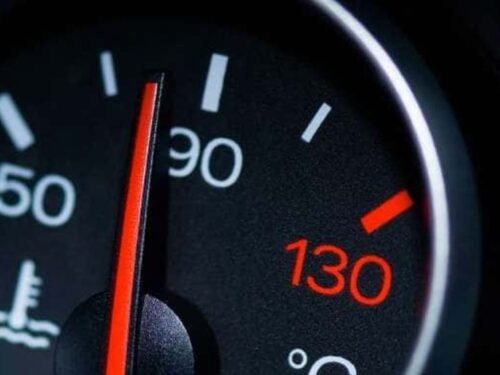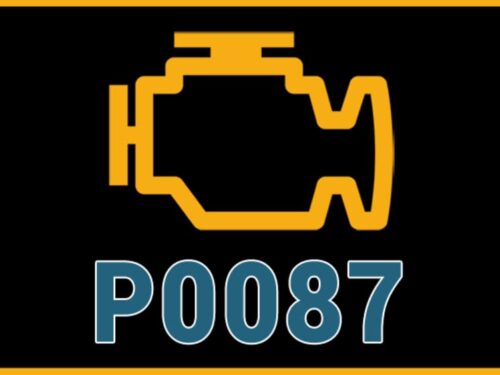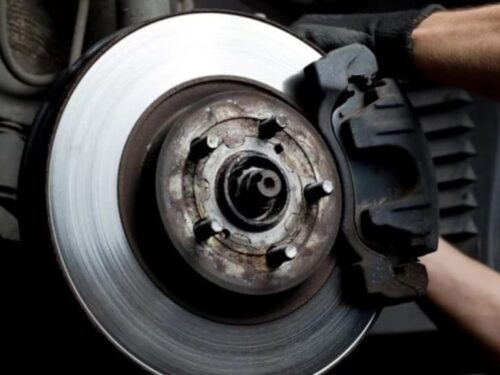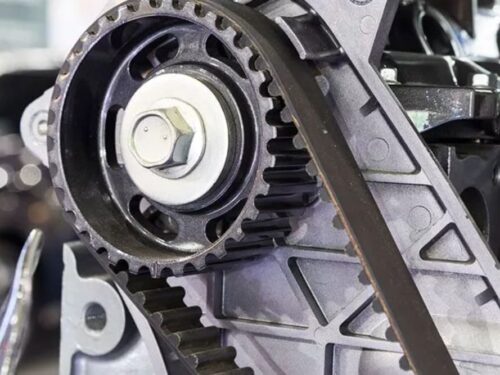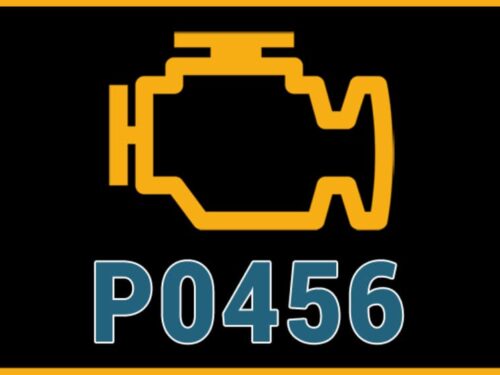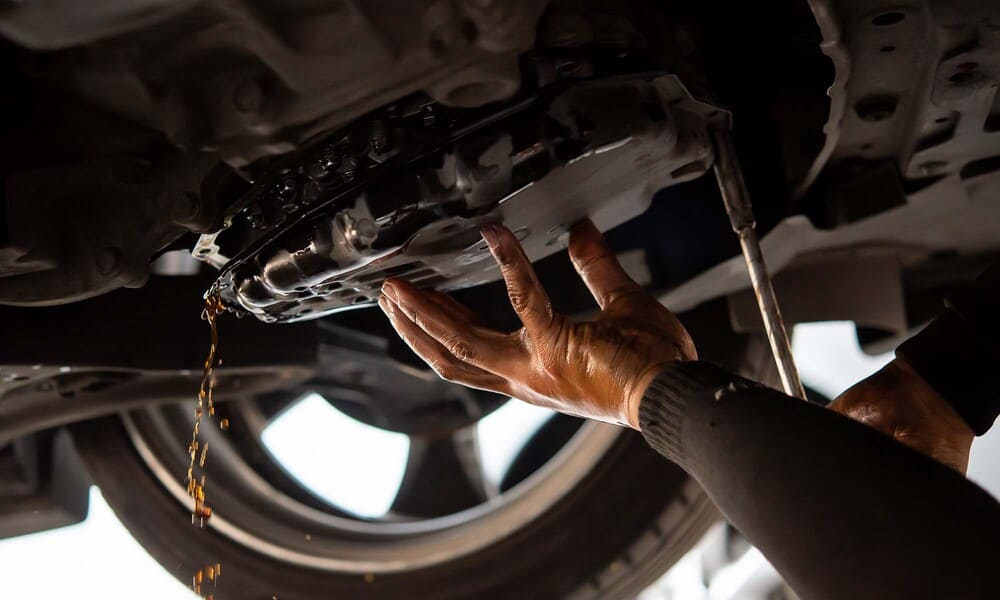
The Best Automatic Transmission Advice You Probably Aren’t Taking
When you take your vehicle in for a repair or an oil change, one thing you might have heard from your mechanic or service advisor is that you should consider an automatic transmission service. Chances are that you shook your head and said something like, “Maybe next time.” “If it ain’t broke, why fix it?” is an old adage that many people follow when it comes to their automatic transmissions. But this is actually a costly mistake in the making. We understand that no one wants to spend more money than necessary, but have you ever thought about the cost of a transmission service vs. the cost an automatic transmission overhaul? Suddenly, that trans service sounds a whole lot more appealing, doesn’t it? We’ve created a short list of reasons why you should take your mechanic up on that auto trans service offer—and what happens when you don’t.
All About Automatic Transmission Fluid
First, many people are unaware that their automatic transmission, like their engine, also has a filter (there are a few exceptions where a metal screen is used). Unlike your engine oil filter, however, the filter is inside the transmission, so you can’t see it. Transmission fluid not only lubricates the internal parts of the transmission, but it also acts as a hydraulic fluid, pushing plates and gears into place as the transmission shifts gears. As you might have imagined, transmission fluid also cleans and cools the transmission as it works.
Here Is What Is Going On Inside Your Transmission
Anytime your vehicle is running, the transmission is also working. There are metal plates, called clutches, which work much like a clutch disc and brake pads. These plates are covered with an asbestos-like material that cause the car to shift gears when they grab onto one another. Like your brake pads or clutch, this means that these parts wear down, shedding dust, small particles, and even very small, thin metal shavings. This sounds scary, but it’s completely normal. However, as you can imagine, having dirt, dust, and metal pieces moving around inside your transmission is not a good thing.
When Things Really Go Wrong
This is why your transmission has a filter. It filters out dirt, dust, and hopefully, most of the metal pieces. When the filter isn’t changed, it can become so clogged that it stops being effective, allowing the metal and dirt to cause damage to the transmission parts. The transmission fluid can become so dirty that it’s no longer a nice clear red color but a dark brown or even black. When the fluid becomes this dirty, it stops lubricating and cooling, which can lead to overheating and excessive wear of transmission parts. This adds even more metal to the fluid. All of the above can and will lead to transmission failure. There is very little in a transmission that is inexpensive to repair, and if the transmission has become so damaged that it must be overhauled (completely taken apart and nearly everything inside is replaced), you are looking at thousands of dollars.
How To Avoid This Mess
Follow your auto shop’s or manufacturer’s recommendations for regular transmission service. It really is that simple. Unlike your engine oil, you won’t need to service the transmission very often. Most manufacturers suggest every 30,000 to 60,000 miles, depending on your driving habits. If you do any towing, drive in a lot of stop-and-go traffic, or in very dusty conditions, you might need to change it more often.If you aren’t sure whether your vehicle needs to be serviced or if you can’t remember when you last had the transmission serviced, talk to a trusted mechanic, who can inspect the fluid and give you some advice. By the way, servicing your transmission more often than recommended won’t hurt a thing.
Transmission Service Vs. Transmission Flush
You might have been asked whether you want a transmission service, sometimes called a fluid and filter change, or if you want a transmission flush. If you were totally confused by these terms, don’t be ashamed. It’s easy to be confused. Although they are similar, they aren’t the same.In the majority of cases, a transmission service means that the mechanic will remove the lower part of the transmission (called the pan) and let the fluid drain out of the transmission. They remove any metal pieces from the pan, change the filter, replace the gasket and put the pan back on the transmission. A transmission flush does all of the above, but it also includes an extra service that is more important than most people realize. There is a large round drum called a torque converter between the engine and the transmission. It holds a lot of transmission fluid and works something like a manual clutch. A flush will remove and “wash” all the old fluid, dirt and any contaminants (like metal pieces) from inside the converter as well. While there is no doubt that a transmission flush costs more (mostly due to the price of adding the additional transmission fluid) it is well worth the money in most cases. Imagine changing only half of your engine oil when you did an oil change or putting on clean clothes but wearing dirty underwear and socks. Not a pretty picture. A transmission flush will remove all the dirt and fill the entire transmission full of fresh, clean fluid that will ensure trouble free performance for many, many years to come.
One Last Note
Unlike your engine oil, transmission fluid does not “burn” away. If you are low on transmission fluid, there is a leak somewhere.
Courtesy of autolablibertyville



